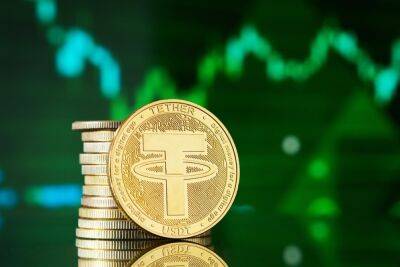Best ETFs
Exchange-traded funds (ETFs) hold a collection of securities—such as stocks—that often track an underlying index. While they are similar to mutual funds in some ways, ETFs are different in that they are listed on exchanges and can be traded throughout the day like traditional stocks.
In recent years, ETFs have become immensely popular with investors for two major reasons:
There are 1,719 ETFs that trade in the United States according to VettaFi, excluding leveraged and inverse funds as well as those with less than $50 million in assets under management (AUM).
All three of the top-performing ETFs are linked to energy commodities that have dramatically outperformed the S&P 500 Index over the past year. These aren’t formal benchmarks, but oil and natural gas have returned 49.4% and 53.6% as measured by the Bloomberg Composite Crude Oil Subindex and the Bloomberg Natural Gas Subindex, respectively. The S&P 500 has provided a total return of -10.7% over the past 12 months, as of Sept. 13, 2022.
The performance of these energy-related commodity ETFs has been driven by a number of forces, including the spike in oil, natural gas, and gasoline prices following increased demand in post-COVID economic reopening across the world. Also, OPEC+ has been slow to increase the supply of oil.Natural gas prices have been exceptionally turbulent this year.
The best-performing ETF, based on performance over the past year, is the Invesco Dynamic Energy Exploration & Production ETF (PXE). In order to focus on the funds' investment strategy, the top holdings listed for each ETF exclude cash holdings and holdings purchased with securities lending proceeds except under unusual cases, such as when the cash portion is exceptionally large.
We examine
Read more on investopedia.com




















